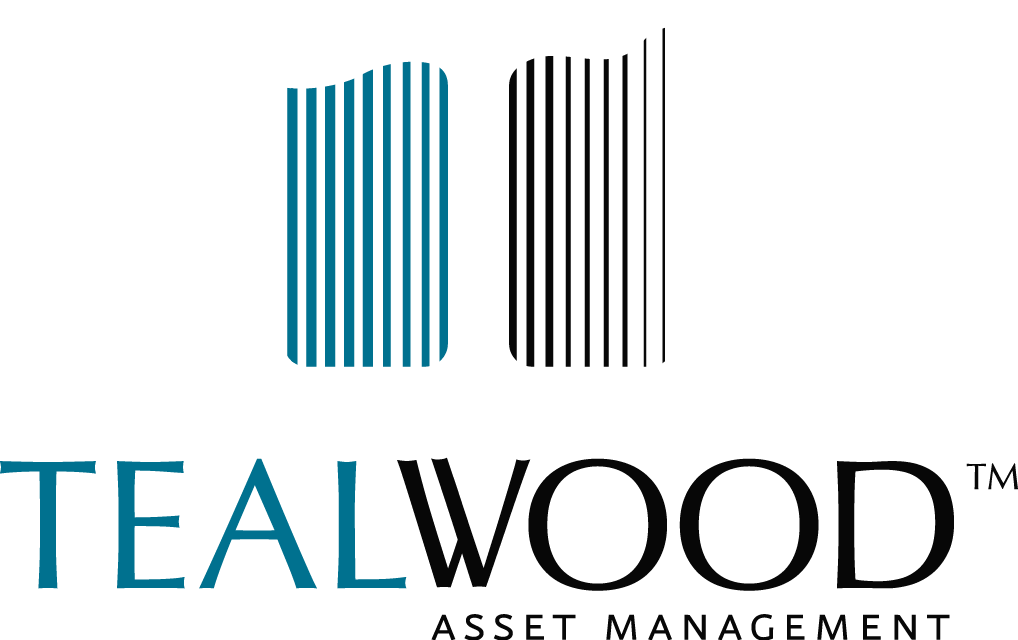This is an unpredictable, largely unprecedented, fierce, unstable, disruptive, and humanly heartbreaking time. Yet, even amid current Coronavirus and related events, we find we have much to be grateful for…
▪ To date, we and ours have not had the virus. We hope the same is true for you and yours.
▪ We have refreshed insights into our appreciation for you, our clients. Through this episode you have remained thoughtful partners and rational investors.
▪ The extensive work that our team – especially Jodi Halbert, Michelle Warneke, and John Zevnick – has contributed over years of preparation to maintain business continuity allows us to successfully work through stay-in-place to serve you.
In this dark cloud, silver linings still find their way through. Without taking away from or losing sight of the most meaningful human aspects we are all facing together with varying circumstance, we want to share how we are viewing the investing landscape.
Five Important Investment Elements Now
1. Risk Management
Risk management is crucial to our investment discipline. For a decade we have shared a message about cyclical risk and our Strategy for the Cycle. Among our several insights, we have highlighted that over the last 60 years, there have been six instances in which the market went down by 25% or more, with five of those occurring in recessions. To quote ourselves, “On Wall Street that is a coincidence, but at Tealwood we think it is a correlation.” This year’s decline of 25% and more has certainly aligned with that other one outlier of the six.
While do not advocate developing strategies for one out six events, our ongoing emphasis on bottom-up risk management (relating to individual business and sector fundamentals) has proved to be constructive in this stressed environment. Our focus on quality and reasonable price, our emphasis on less economically sensitive sectors, as well as the foundational discipline of being strategic business investors and not tactical traders are all elements that have helped contribute to better risk management.
On the fixed income side, the focus in our bond portfolios on the defensive characteristics of shorter maturities and solid credits has provided for stability in a time of risk.
Thinking Ahead
Beyond public and private health issues, there are a bundle of data points which will prove crucial over the year ahead. What will be the impact of the containment policies on the economy? How will international disruptions impact the U.S.? What does the recovery look like and when? Has the market already discounted the worst of this? We have poured ourselves into addressing these difficult questions, and in the interest of clarity, we share our conclusions without the details of lengthy deliberations.
2. Top-Down Analysis
From our perspective, it seems the odds are about equal that on the one hand we may have already reached a market bottom. On the other hand, the certainty of further shocking data (mortality numbers, GDP reports, unemployment reports) and the uncertainty about more future bad news, could take us to an even lower low. Either way, this ends up being a mostly shorter-term, tactical call, and we have little confidence in tactical investing. There will be more turbulent volatility ahead, but we do not see that volatility as the most important thing.
We have recently made some modest, more defensive allocations within each equity strategy, while reserving a little bit of dry powder (cash) to err on the side of defense. The probability that GDP will be negative for the year is high. The likelihood that we get a conventional, unremarkable recession is low.
3. Bottom-Up Analysis
In this unique viral moment, our emphasis is concentrated on our bottom-up discipline to manage for both risk and reward. When valuation multiples contract and momentum is a headwind, the receding tide reveals large disparities in what and how far individual sectors and businesses decline. For us as active managers, having the freedom to be opportunistic amid market inefficiencies is compelling.
We believe selectivity can add value for both offense and defense. There are periods in which the best plan is to do nothing, but this is not one of those times. We are applying a consistent standard across each equity strategy:
▪ The business participates well in up markets (top quartile over multiple periods);
▪ It defends well in recessions (best quartile over multiple periods); and
▪ It has demonstrated better defense against risks in a COVID-19 market (best quartile year-to-date 2020).
Being positioned in businesses that can best weather the serial storms of virus risks and recession risks, and then participate effectively when economic growth resumes are our objectives. What has defended historically has not necessarily held up in this uniquely stressed period. Our slang for the companies that can help with both upside and downside management is, “it flies and floats.” Flying is self-explanatory. Floats infers that when they do decline, the probability is that they go down less. This current analytic initiative is conducted in harmony with our longstanding Quality at a Reasonable Price discipline.
4. Rational Investor
Helping achieve better investor behavior by acting as a rational investor is a very important part of our practice. Emotionally driven decision making notoriously detracts from investor success. While the risks that have related to the market’s decline are real and tangible, we observe that fear-driven panic has contributed to confusion and risk. Even when the it gets murky, we want to let the data drive strategy.
5. A Longer View
Market dislocations that come fast and furious are always disorderly and disruptive. Taking a longer view of what will have enduring value on the other side of this helps with navigation. The next year is more important to your success than is the next day. The next five years are more important than the next year. Aligning your strategy for the marathon provides an advantaged focus in a world confused by what to do in the next two hours.


